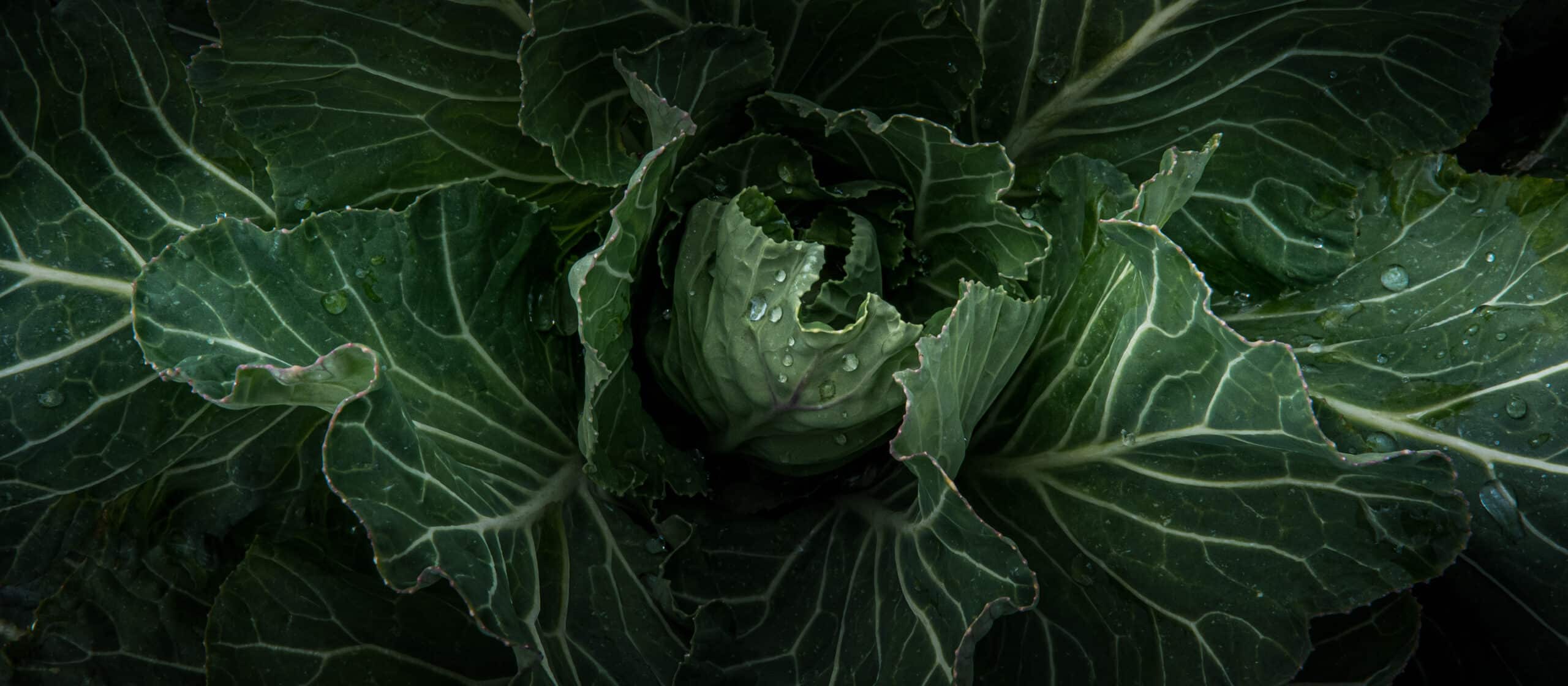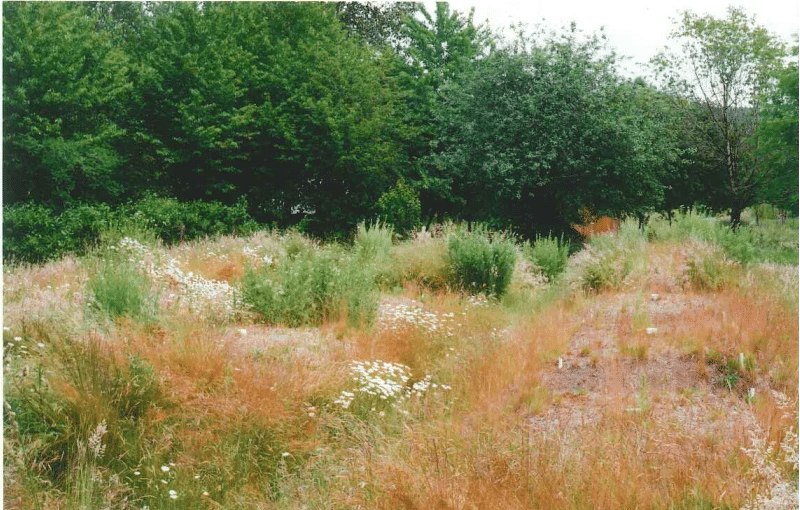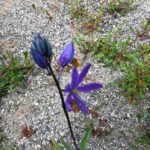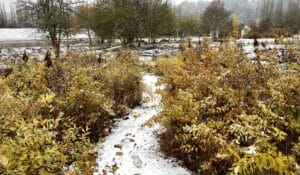
Prairie Restoration Provides Hope, Optimism for Resiliance in the Face of Climate Change
Prairie Restoration Provides Hope, Optimism for Resiliance in the Face of Climate Change
- posted on: July 22, 2017
- posted by: Robin Crowder
"*" indicates required fields

We’re pleased to share another guest blog post by Alex Greene. Alex is an ecologist and prairie enthusiast who has been working on the restoration of the Glendon Biofilters with Puget Sound Prairie plants at 21 Acres. Venture on the farm and see this special work.
After the work last summer and fall to remove invasives and plant the Glendon biofilters with native Puget Sound prairie plants, we have been seeing some great results!

The two camas species planted from bulbs (giant and common) nearly all flowered and have now gone to seed. Additional camas from seed also germinated well but will not flower for another year or two. The early blue violets from containers have likewise come and gone, not to be seen again until next spring. We have also observed good establishment of other plants, especially the Roemer’s fescue, goldenrod, and yarrow and are keeping our eyes open for others.

It is interesting to note that wetter winters and springs, followed by hotter summers with longer periods of drought are predicted for this region with climate change (from a recent analysis by Mote and Salathe of the over 20 separate climate models run under the auspices of the IPCC 4th assessment). The extent of change varies with different emission scenarios, a good reminder that changes we make right now can still have a big difference on the extent of the problems we will face in the future.
The plant communities of Puget Sound prairies are uniquely adapted to tolerate wet winters and dry summers. Plants like camas and fescue take good advantage of the spring rains to grow and produce seed before the dry season hits. Could climate change present an opportunity to expand the range of this now rare ecosystem? Historically, similar assemblages of plants extended all the way up the coast into BC. Records do not exist that accurately define the historical extent of prairies in the Northwest, since they were so rapidly converted to agriculture by the first settlers. It may be that the time of the prairie will come again. The benefits to land and wildlife, along with the potential to sequester carbon in stable and resilient systems, are compelling arguments in their favor. Tallgrass prairies in the Midwest have been shown to sequester carbon very effectively, and it would be fascinating to learn the extent to which this is true for Puget Sound prairies as well.
The Puget Sound prairies are a connection with the both the past and future. We see history though ethnobotany and an appreciation of how the native inhabitants of this area sustainably curated the land to provide the resources that they needed. In the same prairie, we can see the future in its resilience in the face of climate change.
— Alex Greene










 back to blog overview
back to blog overview








